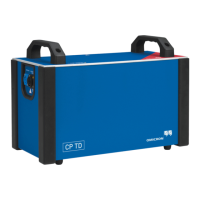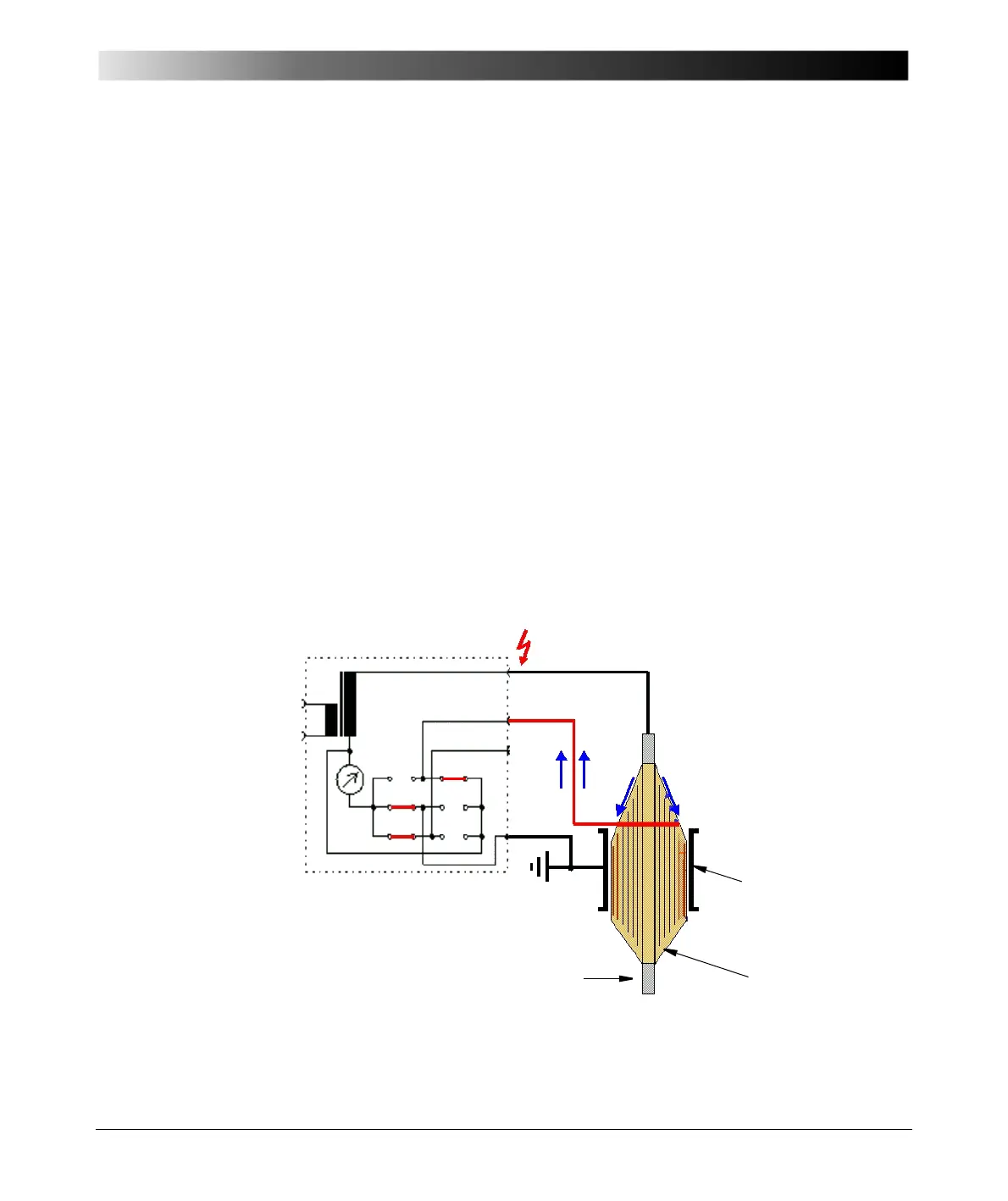101
Capacitance and DF Measurement on High-Voltage Bushings
tested near freezing where a large (greater than 1.00) correction may cause the
result to be unacceptably high; in this case the equipment should be retested at
a higher temperature. Bushing should not be tested when their temperatures are
much below freezing because moisture may have changed to ice, which has a
significantly higher volumetric resistivity any therefore be undetected. In the
case of bushings mounted in transformers, taking the average between the
ambient and transformer top-oil temperatures approximates the bushing
temperature.
Bushing capacitance should be measured with each power or dissipation factor
test and compared carefully with both nameplate and previous tests in
assessing bushing condition. This is especially important for capacitance-
graded bushings where an increase in capacitance of 5% more over the initial/
nameplate value is cause to investigate the suitability of the bushing for
continued service. The manufacturer should be consulted for guidance on
specific bushings.
When the relative humidity is high, measurements are often influenced by the
current, which is flowing on the surface of the insulator. Sometimes these
currents are in the same order than the current, which is flowing through the
insulation or even higher. If a good cleaning and drying of the insulator surface
is not sufficient, the guard technique should be used to bypass this current, see
Figure 7-7.
Figure 7-7 Use of guard method for bypassing the surface current
GST gA
Surface current
Mounting flange
Paper insulation
Main conductor
IN A
IN B

